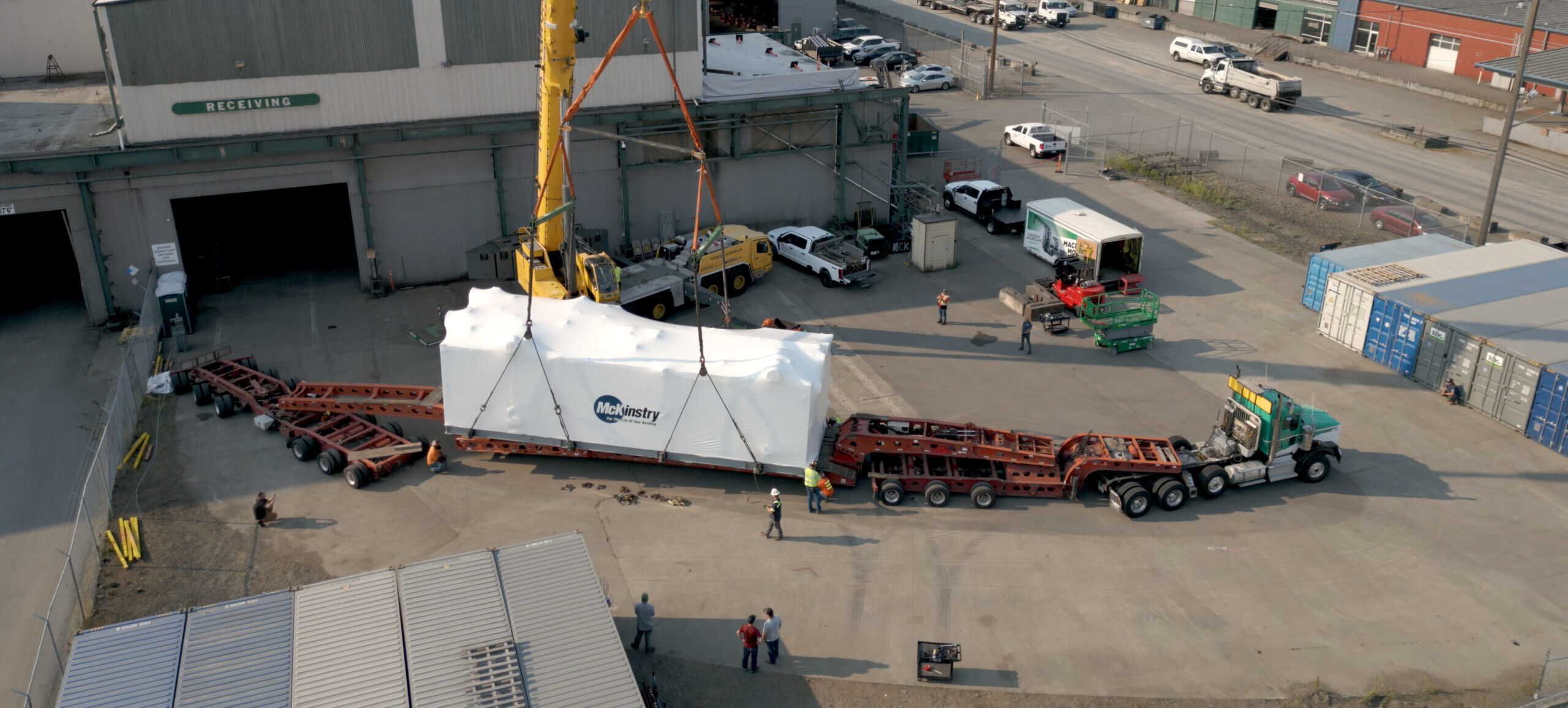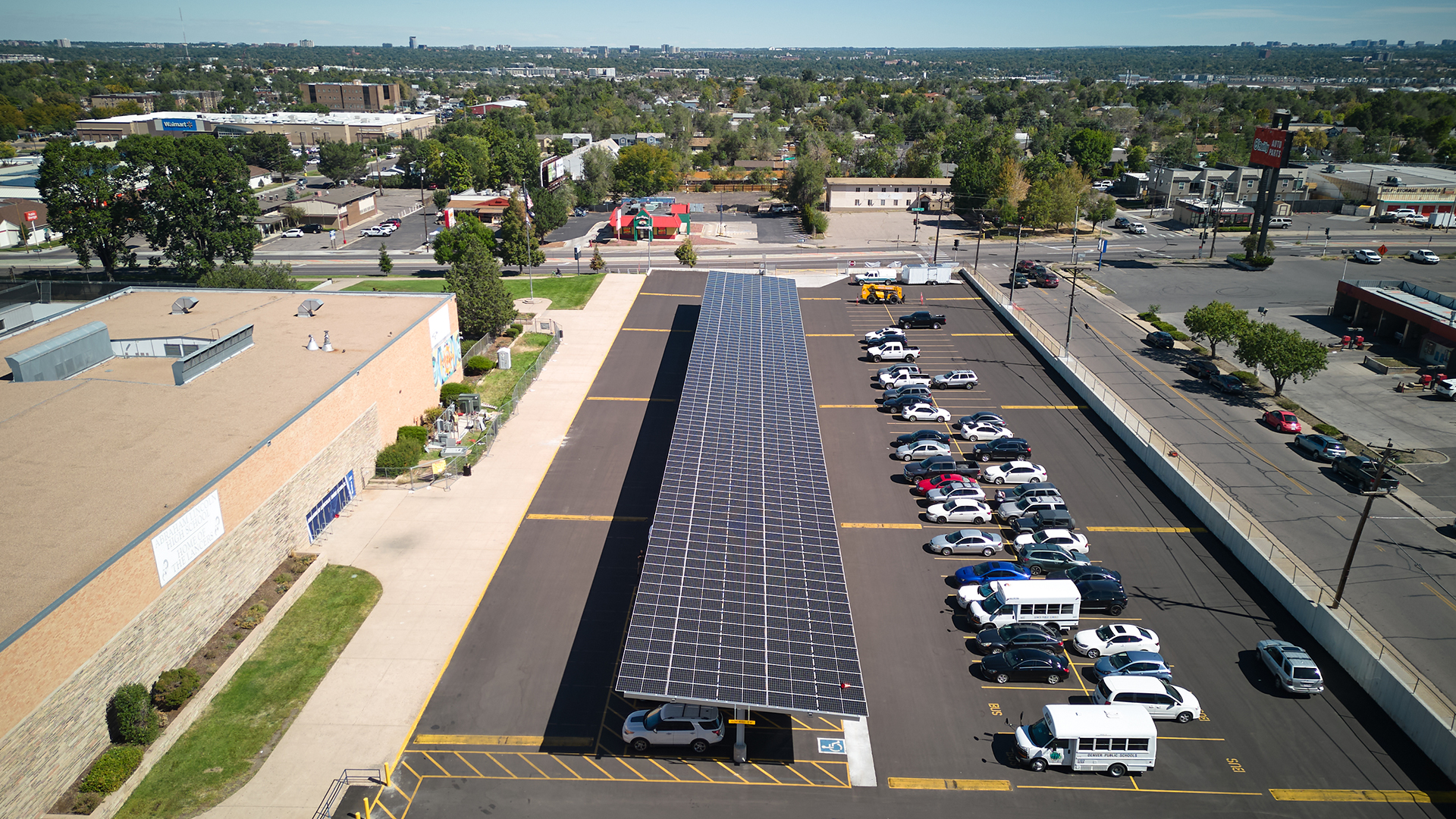- All Posts
- What Building Performance Standards May Mean for Your Business Model
What Building Performance Standards May Mean for Your Business Model
How the needs of special use case buildings helped add nuance to legislation designed to impact positive climate change initiatives.
By Scott Foreman-Murray, Senior Clean Buildings Consultant
Though Washington is a national leader in Clean Building Performance Standards (CBPS), the program and legislation is relatively new and still developing. Clients are unique, and their building or industry needs may pose compliance challenges not envisioned by original rulemaking. McKinstry has closely collaborated with Washington’s regulating body to find practical solutions that balance compliance with real-world operational needs.
In early 2023, McKinstry partnered with several prominent Seattle museums and public attractions to achieve CBPS compliance. While museums were only open to the public during specific hours of the day, their exhibits needed around-the-clock environmental control. Delicate exhibits and aquatic creatures often require the buildings’ HVAC to run continuously. Under CBPS rules at the time, the “Shift Normalization Factor” was determined using the hours the building was open to the public. A Shift Normalization Factor is a multiplier applied to a building’s energy use intensity target (EUIt) to account for greater or lesser use. In museums, that factor could drive a 60-point swing in the EUIt. Looking exclusively at the public operating hours, however, museum clients would have a significantly lower EUIt that would be very hard for them to meet.
For example, a museum only open to the public from 9-5, five days per week, would have a raw EUIt of 67, a shift normalization factor of .6 and a normalized EUIt of 40 (i.e., 67 * .6 = 40.2). If that museum was open 24 hours per day, their shift normalization factor would increase to 1.6 for a normalized EUIt of 107 (i.e., 1.6 * 67 = 107.2). Clients needed to operate their HVAC equipment as though they were open 24 hours per day in the areas with artwork but were only getting credit for 8 hours per day of operations.
While Building Performance Standards are rightly designed to help drive energy efficiency, they are also supposed to be attainable and structured with real building performance in mind. Advocating for unique building use-case clients, McKinstry teams began discussing these inconsistencies with the Washington State Department of Commerce in February 2023. Though Commerce was very receptive, legal limitations in the rulemaking process were made clear and firm. After months of partnership between Commerce and McKinstry, a resolution was reached in May 2024, resulting in the addition of the following language:
Aquariums, Museums and Zoos may use other weekly hours if they are required to operate building systems additional hours to protect building contents.
This modification allowed McKinstry clients to work toward a reasonable goal while measuring and driving down their energy consumption.
Advocating for clients and engaging early in local compliance processes are essential for navigating evolving regulations. Early understanding of a client’s unique building needs helps develop solutions that meet both compliance standards and business goals. McKinstry is committed to an equitable, zero-carbon future, working with clients nationwide to create practical, long-term compliance roadmaps.
Understanding Energy Use Intensity and Energy Use Intensity Targets
Energy Use Intensity (“EUI”) measures all the energy consumed in a building divided by gross floor area. | kBtu = One Thousand British Thermal Units (Btu) One Btu is the energy required to raise one pound of water by one degree Fahrenheit. 1 kWh of Electricity = 3.412 kBtu 1 Therm of Natural Gas = 100 kBtu |
| The total energy includes all energy consumed by the building including natural gas, electricity, oil, and diesel. The source of the energy or the greenhouse gas emissions do not matter for this calculation EUI is a useful metric because it directly compares energy use between buildings. EUI is represented as kBtu/ft2 or a thousand British thermal units per square feet | |
Building performance standards set an Energy Use Intensity Target (“EUIt”) for each building type. | |
| Each space use type has a specific EUIt. The EUIt for a building depends on the mix of space types. Each EUIt is weather normalized and accounts for different climate zones. In Washington, EUIt’s are designed to be 15% below the average performance for that use type. |
Explore Other News

What is Offsite Manufacturing? The Future of Construction…
How Prefabrication and Modular Construction are Transforming the AEC Industry McKinstry has been a leader in the b…

Denver Community Solar Garden: Abraham Lincoln High School
The City and County of Denver recently unveiled its new community solar garden in partnership with Denver Public Scho…

Key Considerations for Implementing Liquid Cooling in Dat…
As data centers face increasing demands for energy efficiency, performance, and sustainability, liquid cooling has em…